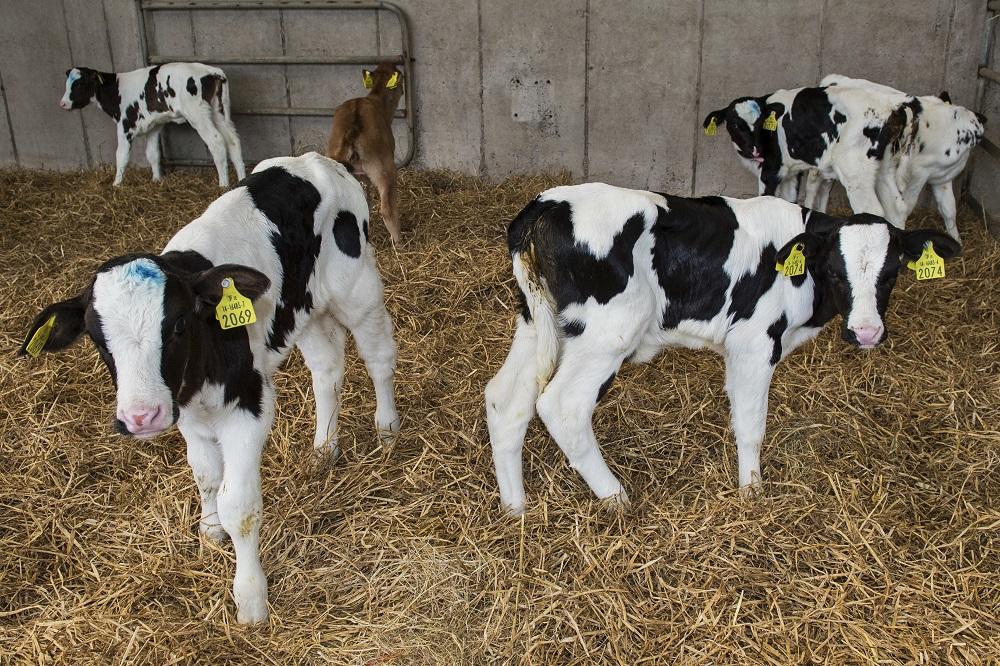Get a 24 hour weather forecast

While screening tests and good biosecurity practices are important in the control of JD, carrying out an on-farm risk assessment (VRAMP), ideally before calving time, is critical to understanding the risks relating to your own herd and taking steps to address them. The most value will be gained from the risk assessment by carrying it out before calves are born on the farm, so that simple but effective measures can be put in place to reduce the risk of Johne’s spread from cows to calves at this critical time of year.
Together with a herd screening test, the on-farm risk assessment provides valuable information about the risks your herd currently faces, as well as those from the past which may not yet have started to cause problems within your herd. The best way to build a complete herd assurance picture is to start with a JD risk assessment so you understand whether there are farm management practices which may need modification to minimise risks. By carrying out a JD risk assessment, you will be able to develop a plan to minimise the risks of JD spreading within the herd.
Some farmers are concerned that Johne’s disease management is tough, but you may be surprised to find out that simple changes of practice such as limiting entry points to a calf shed, wearing clean overalls when working with calves and using foot baths at entry points can make a big difference to the risk of spreading disease. The risk assessment should be conducted by your Approved Veterinary Practitioner (AVP), who has attended JD training courses held by AHI and is a Johne’s disease expert. Your AVP is independent of your business, but also understands your farming operation and will identify the main risks and discuss how best to manage these.
From this important information, it is then possible for you to formulate a plan of action in conjunction with your Vet, and achieve the level of Johne’s disease control that you can manage in the short term. Some of the strategies for reducing the risk of Johne’s disease just require a simple change of practice on farm, often with little or no associated expenditure.
By carrying out a risk assessment and developing a management plan you are well on the way to managing your risk of Johne’s disease and improving your herd’s health.
The key programme elements in Phase One of the Irish Johne’s Control Programme include:
| Action required | Person responsible | Timing | |
| 1. On-farm veterinary risk assessment (VRAMP) visit, delivered by an approved Vet (funded by Dairygold). | Arrange VRAMP visit with Vet | Farmer | Within 12 months of registration in the Programme, but ideally before calving, where possible |
| 2. Whole-herd testing (part-funded by DAFM). | Arrange with Vet or Milk Recording Company | Farmer | Within 12 months of registration in the Programme, but not with in the 3 months after a TB test |
| 3. Ancillary testing (using faecal tests) to resolve the status of animals with positive or inconclusive blood/milk results (funded by DAFM). | Arrange for faecal sample to be taken by vet | Farmer | As soon as positive or inconclusive results are identified by blood/milk testing (including any unresolved animals tested in previous years) |
| 4. Farmer awareness seminars (funded and provided by Dairygold). | Attend seminar (optional) | Farmer | Further seminars will be held later in 2018 |